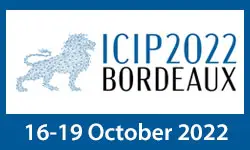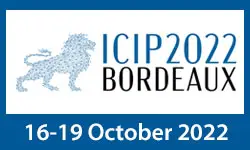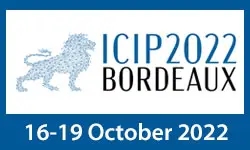Monitoring of Varroa infestation Rate in Beehives: A Simple Ai Approach
Lukas Picek, Adam Novozamsky, Radmila C. Frydrychova, Barbara Zitova, Pavel Mach
-
Members: FreeSPS
IEEE Members: $11.00
Non-members: $15.00Length: 00:08:17
19 Oct 2022
We propose in this paper an adversarial training framework to simultaneously address the vessel segmentation and dirt/reflection removal problems in fundus photographs used for diabetic retinopathy diagnosis. This framework functions like an autoencoder with a 2-dimensional floating-point latent code, which can be into a vessel segmentation mask after binarization. The proposed framework contains two primary subnetworks, each triggered by a set of loss terms, i.e., one set for segmentation and the other set for reconstruction, and these two subnetworks act as inverse functions of each other so that they can form an autoencoder framework. To further improve the segmentation and reconstruction, we devise a loss function based on gradient vector flow (GVF) and re-organize the generator network. Experimental results show that the proposed method has a good generalization capability. Trained on DRIVE's training set, our model can produce segmentation and reconstruction-based artifact removal results stably on other datasets like CHASE-DB1 and STARE. The average F1-score of our segmentation results of DRIVE's testing set reaches 0.7986, and the artifact-free reconstruction results can achieve an average PSNR of 24 dB.



